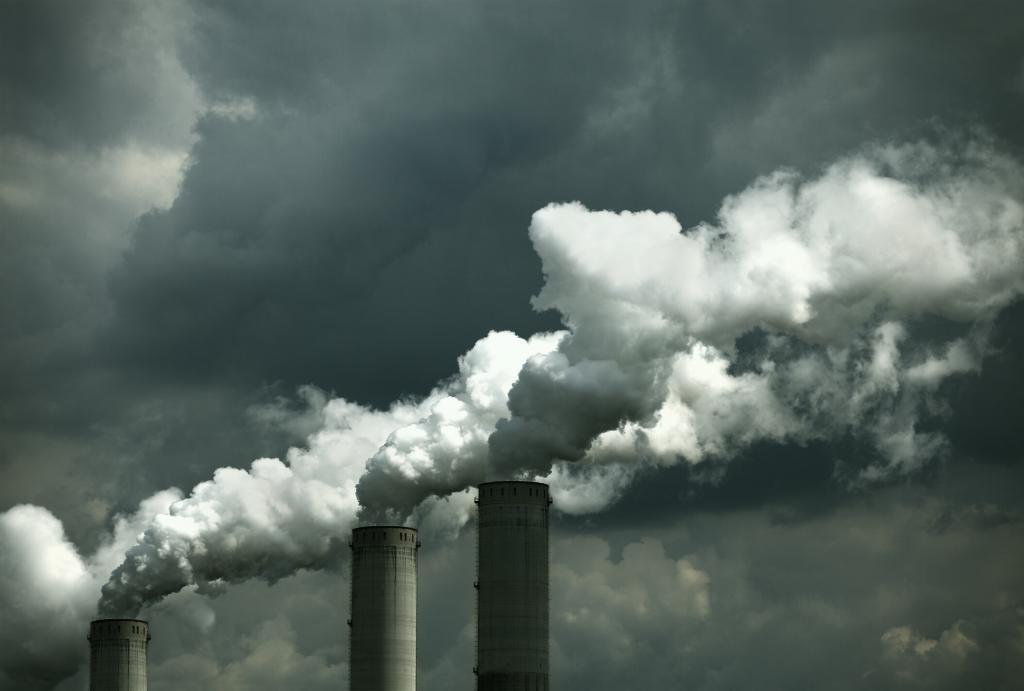Climate
Climate change may be the greatest challenge of the 21st century. As a readily expandable, low-carbon energy source that can provide a reliable and affordable source of electricity, nuclear power stands ready to meet the climate challenge.
Climate goals
The fight against climate change is simple but not easy. Humanity must stop pouring greenhouse gases, such as carbon dioxide, into the atmosphere. There is a carbon budget for emissions. To have a 50 percent chance of keeping global warming under 1.5°C, we can release up to 580 gigatonnes more carbon dioxide into the atmosphere. Burning fossil fuels releases approximately 37 gigatonnes of carbon dioxide per year. The time is short to increase our supply of carbon-free energy sources, such as nuclear, solar, and wind power.
As part of the Paris Agreement, countries around the world committed to limit their total carbon emissions. If kept, these should keep us within the carbon budget. But they aren’t. For example, Germany has had to increase its use of fossil fuels due to the closure of nuclear power plants. China is experiencing massive growth in coal-fired electricity generation. Even Canada is not on track to meet its target of reducing carbon emissions by 30 per cent between 2005 and 2030.
Greening the energy mix
There are three main strategies for staying in the carbon budget. The first is to reduce energy use, which has met with some success. The second is to capture carbon, which is being done in Weyburn, Saskatchewan. Neither of these strategies comes close to ushering in a carbon-neutral future. We must diversify our energy mix and strive to be as efficient as possible with our energy use, while also attempting to capture carbon dioxide. The world must transition to low- and zero-emission sources of energy generation.
- Solar, wind, and tidal power have seen significant advances in the past decade, resulting in lower prices. However, they are still limited, accounting for only two percent of Canada’s total power generation.
- Hydroelectric power is a zero-emission option that Canada has used extensively. A limited number of locations are appropriate for damming. The geography must be right, and the extensive amount of land to be flooded cannot already be claimed or populated. Canada is already near 90 per cent of its hydro capacity.
- Nuclear power does not emit any greenhouse gases in its operation. It is readily expandable as Canada has an abundant supply of uranium and does not require nearly the land footprint of hydroelectric power, wind farms or solar arrays. Possible sites for nuclear power plants are plentiful, meaning there’s more that can be done with nuclear power to fight climate change.
Any informed assessment of carbon emissions must consider the total life cycle, encompassing construction, the supply chain, operation, decommissioning, and disposal. When all these steps are taken into account, nuclear power compares favourably with renewable energy sources and is well ahead of fossil fuels. According to the World Nuclear Association, the world’s 445 reactors are saving 2.5 gigatonnes of carbon dioxide emissions every year. Future reactors will be able to save even more.
The Ontario example
France and Sweden have utilized nuclear power to significantly reduce their carbon footprint in their electricity grids, but there is also an example in Canada.
Until the 1990s, Ontario relied heavily on burning coal for its electrical power. This was a significant source of emissions, which stood at 179 megatonnes (CO2 equivalent) in 1990 and reached a maximum of 208 megatonnes in 2000. However, having 18 of Canada’s nuclear power reactors gave the province the flexibility to eliminate coal from its energy mix by 2014.
This switchover not only led to substantially cleaner air in the province, but it also significantly reduced carbon emissions. According to the Ontario Auditor General, emissions in the province were 161 megatonnes in 2016, despite a 30 percent increase in population since 1990.

